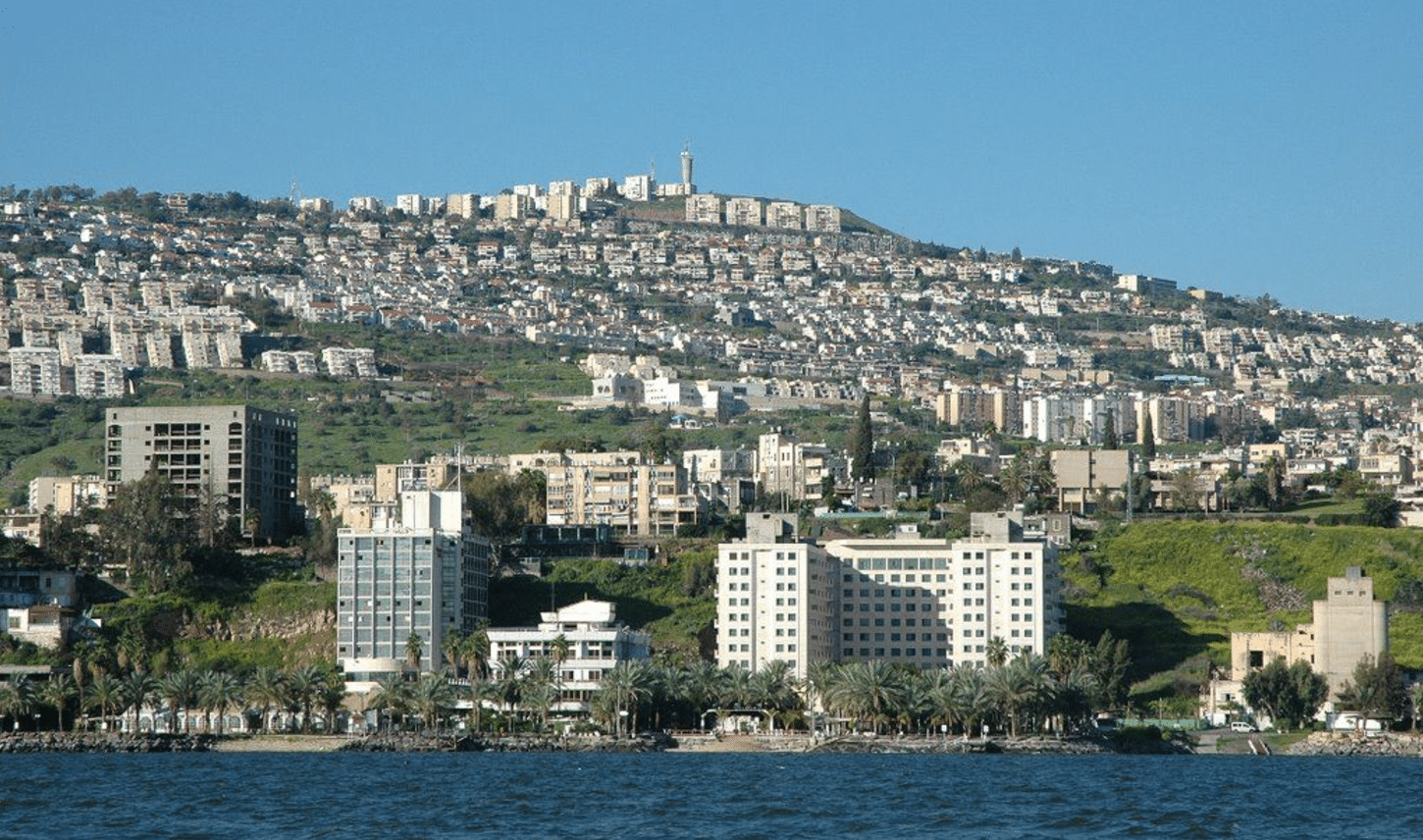Tiberias was “the” place to be 2,000 years ago. It held a central role in the region as the capital of the Galilee. Lots of “firsts” began here. Herod Antipas minted the first coin here, it was the center for Jewish learning and spiritual creativity, and was located near so many of the sites of Jesus’ new ministry.
Situated on the fresh water of the Sea of Galilee, Tiberias was a fishing town with plenty of good food to eat. Today, the city still boasts of its famous fish markets. And its falafel stands.
People have lived here through all of these years. It was an attraction-hub with places for social gatherings and cultural activities, shopping, and “restaurants” where you could form bonds and friendships, eating and sharing feasts with others in the community.
Tiberias still remains the most important town on the Sea of Galilee. It’s a popular place to visit with religious shrines and historical sites important to the Jewish and Christian faiths. It’s a perfect place to overnight with many hotel options, youth hostels, and bed and breakfast accommodations.
The beaches along the seashore invite your imagination. There’s all kinds of water sports and recreation, and in the evening, a pleasant breeze for a cruise. The nearby hot springs “spa” of Hammat Tiberias welcome people throughout the year. Not far from Tiberias, immerse yourself in one of the 17 hot springs with their 140-degree Fahrenheit waters naturally infused with approximately 100 minerals consisting of unique therapeutic qualities that are found only here.
The city’s dynamic commercial center highlights restaurants offering cuisines from all over the world, cafes, pubs, ice cream parlors, and souvenir shops. “Must-see/must-do” experiences include visits of well-preserved ruins at archaeological sites featuring artifacts from thousands of years ago, churches, and The Yigal Alon Center, otherwise known as “The Jesus Boat Museum.” Nearby, visit sites of significance, Korazim National Park, Tabgha, and Magdala.
Back in the day, it really was a hub of activity. Almost 2,000 years later, it still is.








